After studying at the School of Art and Design of Zurich, Raffael Dickreuter joined the team of Pixel Liberation Front. He worked in many projects such as SUPERMAN RETURNS, TERMINATOR SALVATION, IRON MAN 2 or AVATAR. In 2002, he founded the reference site XSI Base.
What is your background?
I am originally from Switzerland and grew up there but have been living in LA for 6 years now mostly doing previs and vfx work.
How did you get involved on this project?
Pixel Liberation Front got hired early on in the process in pre production to help flesh out the large amount of visual effects sequences with previs, at the time no actors were cast yet and the look of the film was being developed. a team of artists under the supervision of Kyle Robinson moved to New Orleans where filming was happening and worked on location to plan lots of the action sequences. eventually production moved back to LA after half a year of filming and post production began at Warner Bros. the team deliverde large amount of Postvis shots to help edit the film and those shots then were sent of the vfx vendors such as Sony Imageworks and many others who would deliver the final shots for the film. I ended up animating shots as a previs designer as well as using the virtual camera system that I developed which would help the director, 2nd unit director and production designer scout sets. I also helped record action sequences using motion capture with stunt performers.
How was the collaboration with director Martin Campbell?
A veteran filmmaker with a great sense of humor made it a pleasure to work with Martin Campbell, he is married to a swiss woman and it was interesting to not just talk about movies but also Switzerland with him.
Did you received storyboards from the production or did you start from scratch?
Both cases happen. You often start with storyboards but some sequences you might start out with just some info or scribbles on paper and then get refined as the process moves on.
Can you explain the creation of a previs shot step by step?
Previs is meant to help plan action sequences before they are shot. at this time no set might exist or a real world location has to be worked into the process. You start with modeling some assets such as characters, spaceships and location and then you go on animating shots, composite in effects and they get edited together. Since it’s a much faster process than final shots which large companies will do with tons of departments and a slow way of delivering, the director can come by look at the edit and look over your shoulder and give straight feedback. So previs has a much faster turnaround which helps the creative planning. Previs is also based on real world measurements so the shots are not just to look at but also to measure distances, determine the costs of shots, which elements are practical, which are digital and also to simply try out sequences that might not get shot.
What was the most complex sequence to design and animate?
GREEN LANTERN was a very ambitious project with alien characters, artificial worlds which were all challenging, but the creation of Parallax was definitely a challenge as it was a difficult creature to handle. Artists Michael Grawert and Diana Velasquez did a great job tackling all the hard shots with that creature. The Ferris Party scene also went through many iterations which was a challenge to get it right in a short amount of time. We were able to go on set and see the helicopter crash and hundreds of extras run away, that was a great experience.
Did you use motion capture for your animations?
For the training platform between Hal Jordan and Kilowog and Sinestro we captued the performers and used that for previs. Most previs is still being done using keyframe animation.
You were on the set, can you explain how was one of your typical day?
The visits on set means usually a lot of waiting as the real sets needs tons of planning coordinating many people. Being able to see explosions going off or extras run around in masses is an experience but it can mean long waits. Working with stunt performers I found very interesting doing the fights as you see what effort goes into actually doing these kinds of actions.
When you look at the final result, is there a big difference between your previs and final shots?
It’s actually amazing how close the final film looks to the previs for most of the action sequences. It was such a technically challenging complex film which can serve as a good example how previs can help you plan sequences and save cost.
What was the biggest challenge on this film? How did you achieve it?
We faced many challenges such as the mentioned Parallax but also the insane number of shots that we had to do. For me personally was the development of the virtual camera system which I didn’t know if I could make it work in time. Knowing there was expectation to use it very soon was stressful but it worked out luckily.
Was there a shot or a sequence that prevented you from sleep?
hahah. there were some months were we had to work 7 days a week, at that point all you can dream of is sleep actually.
What do you keep from this experience?
It was great to see real set explosions and seeing my camera system being used by other artists on the movie. Seeing the final result on film is always a thrill. What is amazing tough sometimes is that you will see the result of something on screen that you might have worked a year or more before that and how long it takes a film to make of this size.
How long have you worked on this film?
I think it was about 14 months while 8 of them being on locaiton in new orleans.
What was the size of the team at Pixel Liberation Front?
The team changes in size, it usually goes from 4 up to maybe 10 or 12 depending on the production need.
What is your next project?
I just spent 7 months on the new Superman movie MAN OF STEEL, what’s next we will see.
What are the four films that gave you the passion of cinema?
BACK TO THE FUTURE, THE TERMINATOR, STAR WARS and INDIANA JONES.
A big thanks for your time.
// WANT TO KNOW MORE?
– Pixel Liberation Front: Official website of Pixel Liberation Front.
– Raffael Dickreuter: Official website of Raffael Dickreuter.
// VIRTUAL CAMERA
Click on the picture to know more about Virtual Camera:
© Vincent Frei – The Art of VFX – 2011






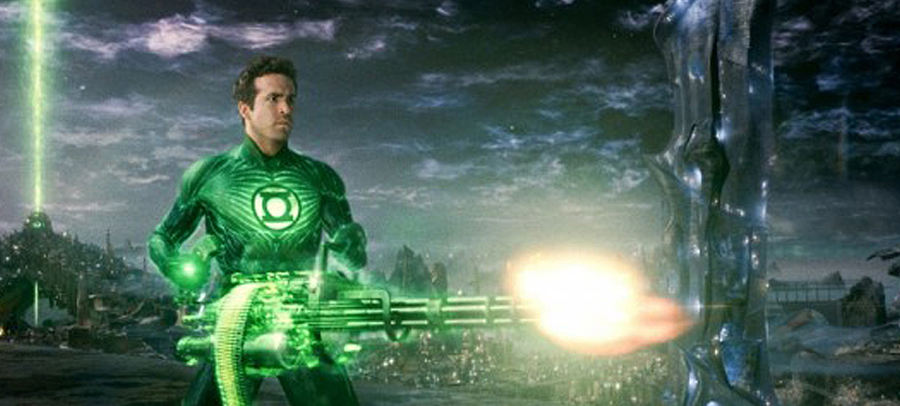

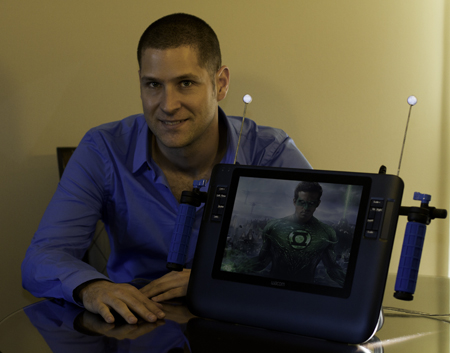
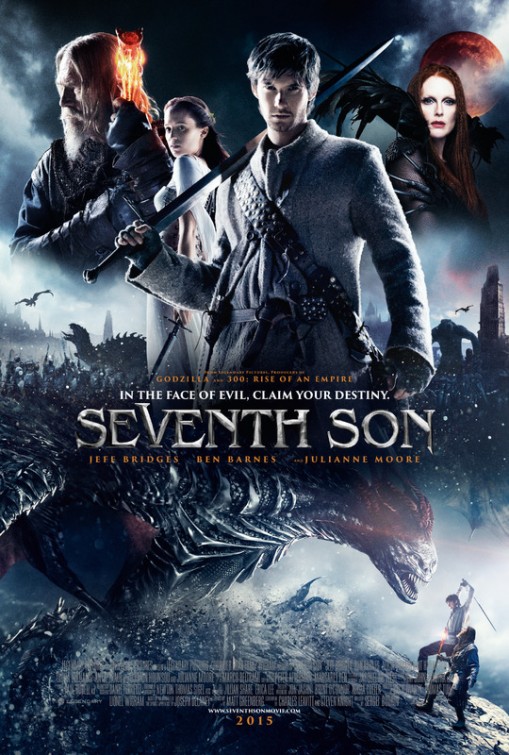
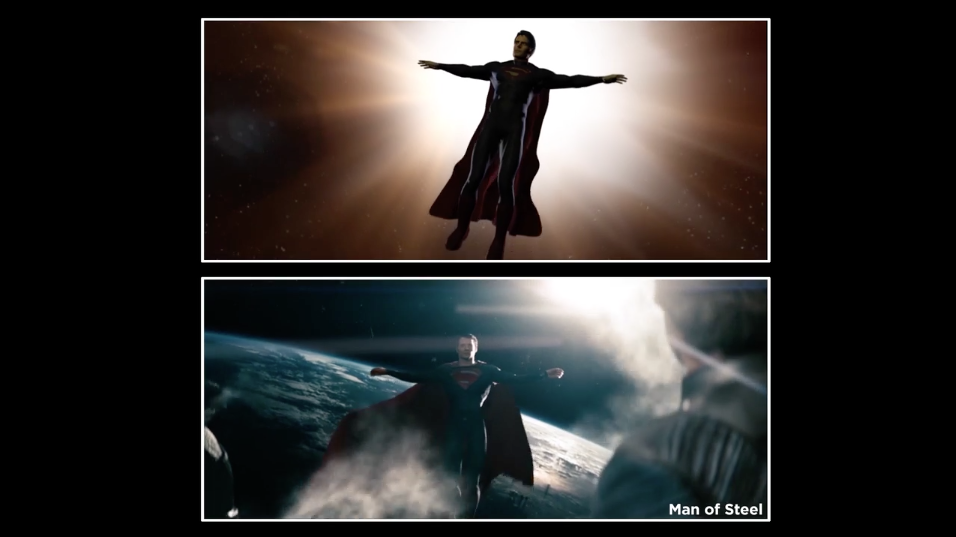

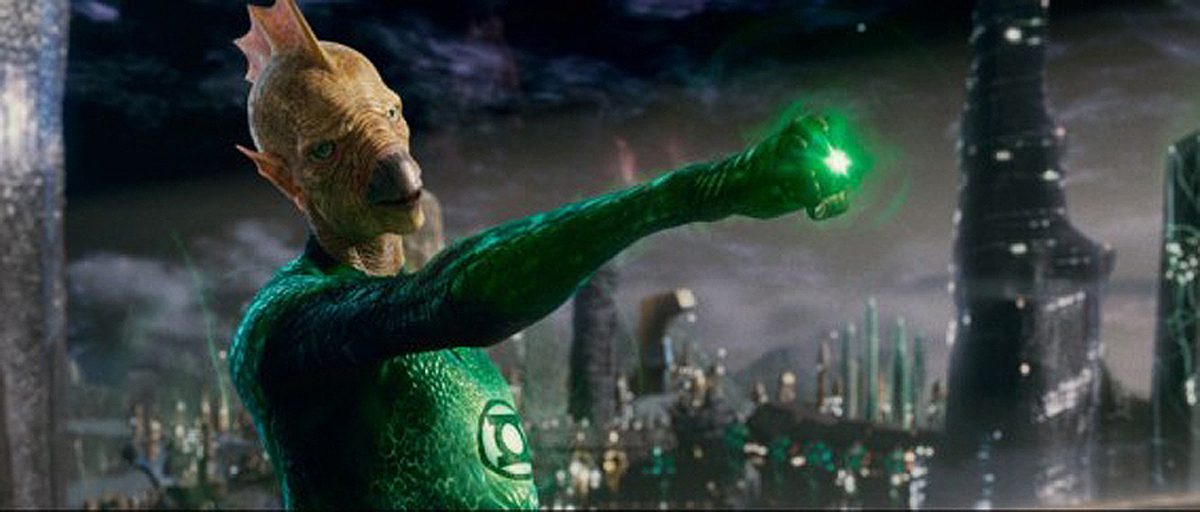
Thanks for this great interview. I am going to see the movie tomorow in germany! Cant wait…